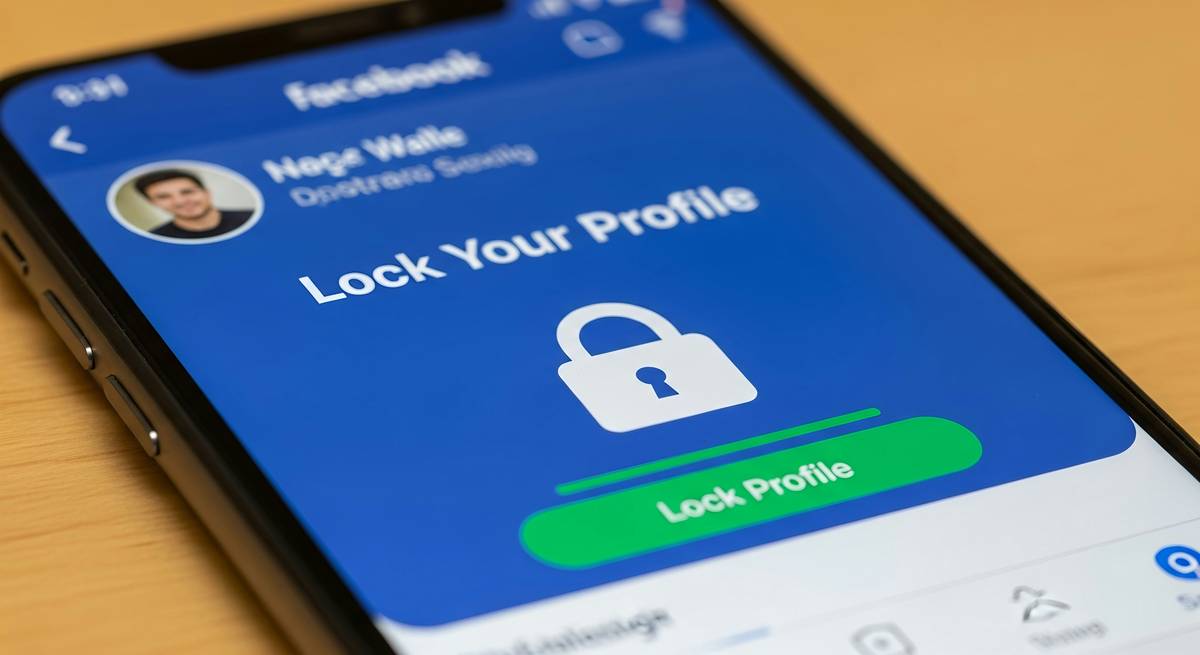Ever accidentally deleted a critical file while trying to clean up storage? If you nodded yes, it’s because data management can feel like walking through a minefield. Now imagine losing not just one file but terabytes of irreplaceable information due to poor security protocols in your data archiving system. Sounds terrifying, right?
In this post, we’ll dive into cold storage encryption, why it matters, and how you can implement it effectively. By the end, you’ll know how to safeguard your data archives with strategies even a tech newbie could follow.
Table of Contents
- Key Takeaways
- The Problem With Data Archiving Today
- How to Implement Cold Storage Encryption
- Best Practices for Cold Storage Security
- Case Studies: Successes (and Failures)
- FAQs About Cold Storage Encryption
Key Takeaways
- Cold storage encryption is vital for securing inactive or rarely accessed data.
- Poor archiving practices leave sensitive data vulnerable to breaches.
- You don’t need a PhD in IT—simple tools exist to encrypt your archives efficiently.
- Real-life examples demonstrate both the power and pitfalls of effective encryption.
The Problem With Data Archiving Today
I once set up an archive library without any encryption because I thought “who would want my old marketing reports?” Fast forward six months: a ransomware attack hit our network, and guess what they found most valuable? Yup, those dusty spreadsheets had enough info to compromise client confidentiality. My bad move—RIP trust.
Here’s the deal: Organizations store zettabytes of data worldwide, and about 90% sits unused (yep, read that again). But just because it’s “cold” doesn’t mean hackers won’t bother stealing it. In fact, unsecured cold storage often acts as low-hanging fruit for cybercriminals.

If you’re thinking, “Well, I’ll keep backups,” remember that simply copying files isn’t protection—it’s Band-Aid duty. Without proper encryption, archived data becomes prime bait for identity theft and corporate espionage.
How to Implement Cold Storage Encryption
Optimist You: “This sounds easy!”
Grumpy Me: “Yeah, sure… IF YOU KNOW WHAT TO DO.”
Step 1: Choose Your Encryption Tools
Select reliable software such as VeraCrypt, BitLocker (for Windows), or FileVault (for macOS). These tools provide AES-256 encryption—the gold standard for protecting stored data.
Step 2: Encrypt Before Moving Files Offsite
Always encrypt files BEFORE transferring them to cloud-based or physical cold storage solutions. Picture moving boxes of priceless heirlooms—if you lock each box before shipping, thieves can’t open them en route.

Step 3: Store Keys Safely
Your decryption keys are like housekeys; losing them locks you out forever. Use hardware security modules (HSMs) or dedicated password managers to securely store your keys.
Best Practices for Cold Storage Security
Now let’s get tactical:
- Avoid Terrible Tips Like This One: Some people suggest hiding keys inside everyday objects like books or cookie jars. Unless you’re living in a spy movie, avoid this amateur-hour strategy.
- Routinely audit encrypted archives for vulnerabilities (AKA check under the hood).
- Create redundancy by splitting copied keys across multiple secure locations.
- Enable multi-factor authentication wherever possible.
Vent Rant Mode On:
Why do businesses still use outdated encryption methods? *Whirrrr*…remember floppy disks? They’ve gone obsolete, yet some companies treat their data security like it’s the ’90s all over again!
Case Studies: Successes (and Failures)
Consider the case of Capital One’s breach in 2019. A misconfigured AWS server exposed millions of customer records stored in cold storage. Had stronger encryption been applied, the damage might have been mitigated.
On the flip side, IBM implemented robust encryption protocols during its global migration to colder storage platforms. Result? Not only did they protect decades of archived data, but their proactive approach saved millions in potential recovery costs.

FAQs About Cold Storage Encryption
What is ‘Cold Storage’ Anyway?
Cold storage refers to archiving rarely accessed data offline or on isolated systems—for example, backup tapes kept in safes.
Can Hackers Bypass Encryption?
Encryption isn’t foolproof, but modern standards like AES-256 make decryption incredibly difficult without the key.
Do Cloud Services Offer Cold Storage Options?
Yes! Providers like Amazon S3 Glacier offer specialized tiers designed for long-term, secure archiving.
Conclusion
To sum it up: Cold storage encryption isn’t optional in today’s threat-heavy digital world. Whether you handle financial records, health data, or classified company secrets, locking down archived data minimizes risk and maximizes peace of mind.
Oh, and if you forget everything else from this guide, remember this haiku:
Data sleeps in silence, Encrypt its cold embrace tight— Breaches stay away.


